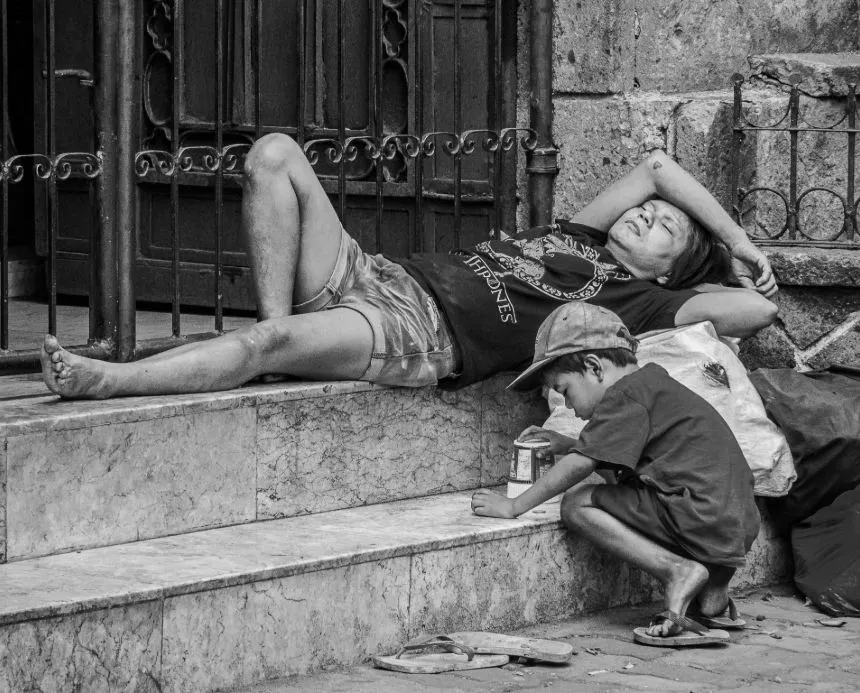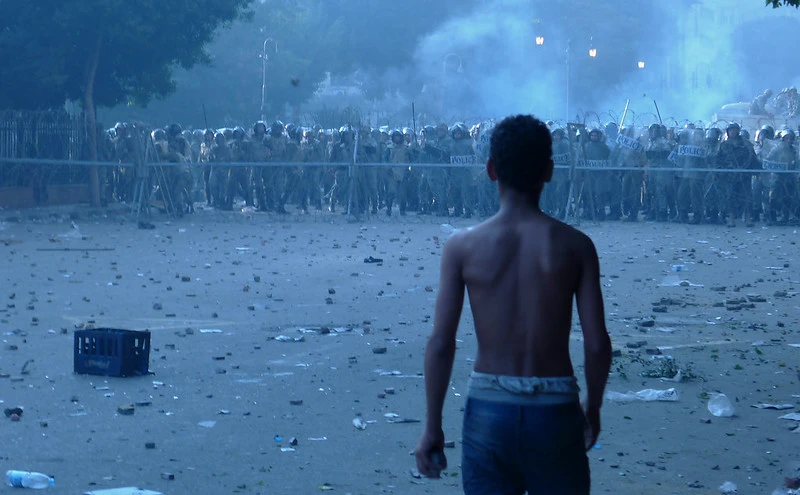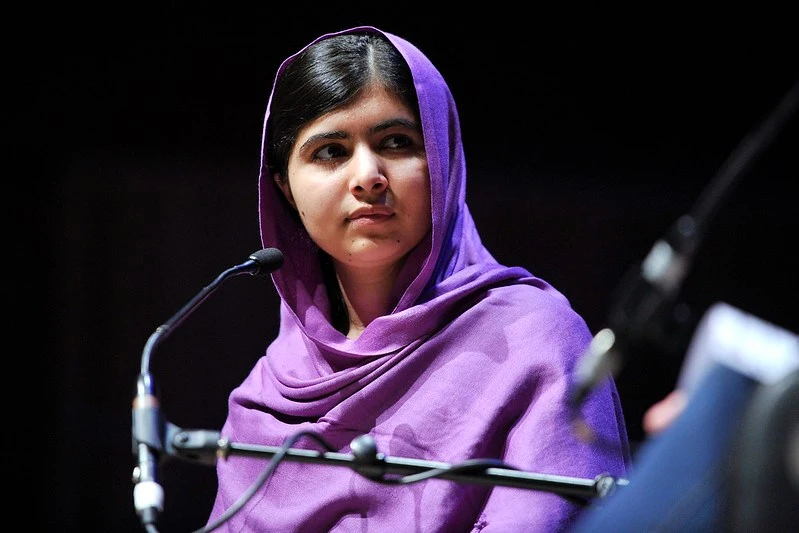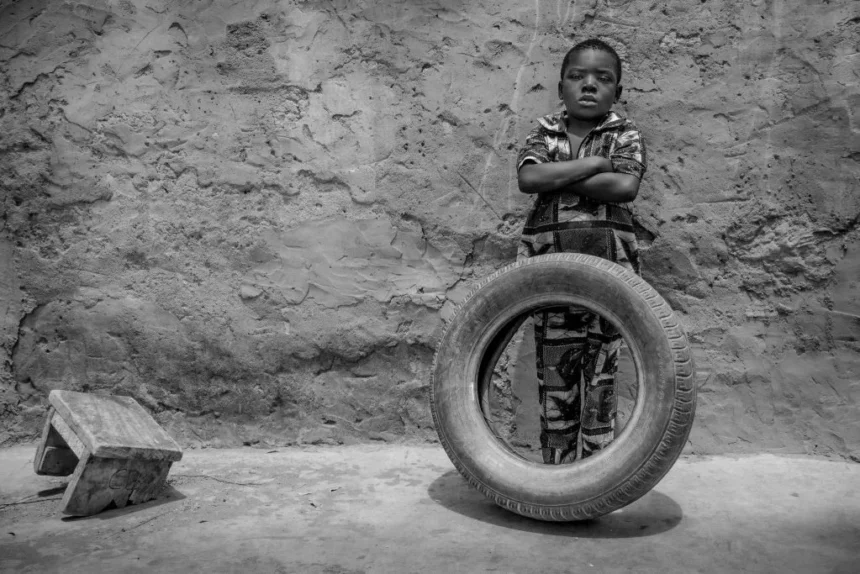Challenges in Safeguarding Children’s Rights
Children are often the most affected by crises they did not cause, such as diseases, natural disasters, political conflicts, and wars. Despite this, they are the ones who suffer the most. According to UNICEF’s 2023 report, 657 million toddlers and 1.3 billion adolescents make up 25 percent of the global population.
- Challenges in Safeguarding Children’s Rights
- The Impact of Malnutrition and Food Insecurity
- The Impact of Armed Conflicts and Refugee Policies on Children
- Addressing Child Marriage
- Evaluating the Efficacy of International Human Rights Treaties
- Recognizing and Addressing Crises in Children’s Rights
- Educational Policies and Children’s Rights
- Conclusion
In total, nearly 1.9 billion children live in 256 countries, making it crucial to address their vulnerability to harm and abuse. In this context, vulnerability refers to being continuously at risk from suffering due to socio-economic and physical disadvantages, cultural and political identities, and limited abilities.
How have children’s rights and dignity faced crises just over three decades since the CRC was introduced globally? In the recently published book Children’s Rights in Crisis, I upheld the key argument that safeguarding children’s rights is challenging because of the complex governance issues rooted in the interplay of local and global factors. These challenges include dynamic political disputes, resource inequalities, norm conflicts, and cultural beliefs. Cultural norms can either hinder or support children’s rights, while severe disparities in material resource distribution within and among nations can hinder children’s access to education, health, and social protection.
The book highlights the persistence of children’s rights crises and the necessity for robust, context-specific interventions to ensure a life of dignity for children worldwide.
Despite the 1989 UN Convention on the Rights of the Child (CRC) recognizing children’s rights, systemic abuses continue. The CRC provides a framework for advocacy and legal obligations, but varying enforcement effectiveness across nations reveals a policy-practice gap. Examining domestic and transnational factors contributing to these failures is necessary. A significant challenge is the lack of enforcement mechanisms, as enforcement depends on often weak or corrupt domestic legal systems, despite international treaties providing a legal framework.
The Impact of Malnutrition and Food Insecurity
Cultural and societal norms frequently conflict with treaty principles, hindering implementation. Strengthening domestic legal systems to meet international standards, capacity-building for local law enforcement and judicial systems, and grassroots advocacy and community engagement are crucial for improving the protection of children’s rights and altering societal norms.

Indeed, the well-being and dignity of children on a global scale are currently under serious jeopardy. In 2022, a worldwide food crisis resulted in an additional 260,000 children suffering from severe malnutrition, particularly in regions such as the Horn of Africa and the Central Sahel. This severe form of malnutrition worsens existing undernutrition problems, leading to a critical health emergency for children.
In food-insecure regions, children are most affected, risking lifelong health issues or death. Poverty, inadequate healthcare access, and poor infrastructure further aggravate the situation. Governments and international organizations must prioritize these regions by creating sustainable food systems and healthcare facilities.
Mere food aid is insufficient; lasting solutions necessitate changes in agricultural practices, economic policies, and healthcare systems.
The Impact of Armed Conflicts and Refugee Policies on Children
War and armed conflicts, along with hostile refugee policies, significantly impact the well-being of children. The 2022 Russian invasion of Ukraine caused the displacement of numerous children, separating them from their families and forcing them to relocate to Russia. These displacements result in immediate physical harm and long-term psychological trauma for children in war zones.
They are constantly exposed to violence, recruitment into armed groups, and disruptions in their education. From 2018 to 2020, over 18,000 migrant children went missing or were killed in Europe, often falling prey to exploitation for labor or sexual purposes. The hazardous Mediterranean routes also underscore the inability to provide safe asylum for child refugees.
Establishing safe and legal asylum routes and implementing stringent measures against human trafficking are crucial.
These children embark on perilous journeys due to the lack of legal asylum pathways. Once in Europe, they face hostile environments, substandard living conditions, and limited access to education and healthcare.
The international community must hold those responsible for these crises accountable. Establishing safe and legal asylum routes and implementing stringent measures against human trafficking are crucial.
Collaborative efforts among countries and organizations are essential to effectively address these intricate issues.

Children remain one of the most vulnerable sectors during armed conflict. In Somalia, the recruitment of children by rebel groups and state forces is driven by extreme poverty, malnutrition, and economic decay. These conditions compel children to join armed groups for temporary material security and a sense of belonging in a war-torn environment. The international community must address the root causes of child recruitment by offering economic support and educational opportunities to vulnerable children.
Additionally, enforcing international laws against child recruitment is essential to protect children from exploitation as soldiers.
Addressing Child Marriage
Child marriage remains a critical issue, with nearly 232,000 minors entering legally recognized unions in the United States alone, where older men are frequently involved. Only seven states in the US have set the minimum marriage age at eighteen without exceptions, leaving many children susceptible to early marriages and the associated health risks, disrupted education, and long-term psychological consequences.
Combating child marriage requires a comprehensive strategy.
Worldwide, approximately nine million children are forced into marriages, often leading to sexual exploitation or slavery-like labor conditions. The practice of child marriage is frequently driven by deeply entrenched cultural traditions and economic pressures, where families marry off their daughters to alleviate financial burdens. Such practices are a violation of children’s rights and can result in a lifetime of hardship and exploitation.
Combating child marriage requires a comprehensive strategy. Programs that shift cultural views and comprehensive socio-economic programs that target children from low-income communities can decrease such practices. Crucial to this effort is legal reform: setting and strictly enforcing an eighteen-year minimum marriage age. International aid and pressure are vital for effective implementation.
Evaluating the Efficacy of International Human Rights Treaties
The efficacy of international human rights treaties in enhancing outcomes is a topic of ongoing debate. While covenants such as the Convention on the Rights of the Child (CRC) aim to advance human rights, their influence on state behavior is shaped by intricate domestic factors. Certain scholars maintain that international human rights law is often symbolic, serving as a rallying point for activists rather than directly deterring violations.
Recognizing crises in children’s rights entails identifying widespread, systemic violations that harm their dignity and well-being.
Others emphasize the importance of contextualizing human rights principles to attain better results. By incorporating human rights principles into local contexts, these principles become more pertinent and actionable. This entails adapting educational programs, legal frameworks, and advocacy strategies to reflect local cultural, economic, and political circumstances.
International organizations must collaborate closely with local governments and civil society organizations to monitor and support the implementation of human rights treaties. Periodic evaluations and capacity-building initiatives can help ensure that international agreements result in tangible improvements in the lives of children.
Recognizing and Addressing Crises in Children’s Rights
Recognizing crises in children’s rights entails identifying widespread, systemic violations that harm their dignity and well-being. A comprehensive definition of crisis views it as a situation where ethical interests and political commitments necessitate transformative intervention. The Syrian refugee crisis demonstrates how political choices and discourse shape crisis narratives, influencing policy responses.
The term “migrant crisis” often emphasizes border security over humanitarian needs and human rights. Addressing such crises effectively necessitates a child-centered approach that prioritizes dignity and rights, recognizes the interconnectedness of global and local factors, and adopts holistic strategies to address root causes. Trump-era US immigration policies, such as the “zero tolerance” policy, forcibly separated children from parents at the US–Mexico border, violating their rights and well-being, and exemplifying exclusion from global human rights.
Reforming immigration policies is crucial to prioritize children’s rights and dignity by ending family separations, providing humane living conditions, and ensuring access to legal representation and mental health services for migrant children.
Educational Policies and Children’s Rights
Education is another key policy area for children’s well-being, where corporal punishment remains contentious globally. Countries with robust democratic institutions and legal systems are more likely to ban corporal punishment in schools. Ratification of the UN Convention on the Rights of the Child correlates with increased legal measures against this practice, signifying societal and legal shifts. However, enforcement is inconsistent.

Advocacy and educational campaigns are essential for changing societal attitudes. Policymakers must prioritize children’s rights, ensuring schools are safe and supportive. The COVID-19 pandemic exposed education sector vulnerabilities, particularly affecting children’s rights to life, health, and safety, and allowed inadequate mitigation measures to persist, with working-class and minoritized racial backgrounds most affected, necessitating intersectional policy-making during crises.
Governments should invest in resilient education systems that ensure remote learning access, support teachers, bridge the digital divide, and create robust frameworks to safeguard children’s rights. Furthermore, comprehensive sexuality education is essential for protecting children’s rights, but conservative and religious factions in countries like Colombia have impeded progress by labeling it “gender ideology,” hindering children’s rights to education and protection from discrimination and violence.
Framing sexuality education as a fundamental right tied to health and well-being and collaborating with local communities and religious leaders to develop culturally sensitive programs that uphold local values while advancing children’s rights is crucial.
Conclusion
Despite the adoption of the Convention on the Rights of the Child (CRC) three decades ago, safeguarding children’s rights remains a difficult task due to the interplay of local and global factors.
The edited volume Children’s Rights in Crisis offers a comprehensive and multidisciplinary platform to understand these complexities, emphasizing the importance of diverse disciplinary perspectives and geographical specificity.
The book highlights the persistence of children’s rights crises and the necessity for robust, context-specific interventions to ensure a life of dignity for children worldwide. By recognizing the socio-economic inequalities that underpin these policy challenges, we can better understand and achieve the emancipatory promise of children’s rights.
The examination of the aforementioned crises considers their transnational and local underpinnings, as well as the various factors – legal, economic, political, social, and cultural – that have contributed to their emergence.









